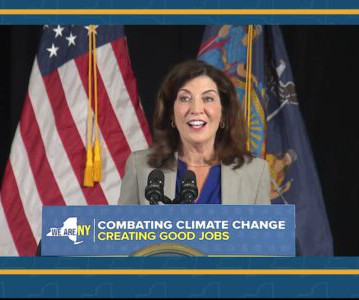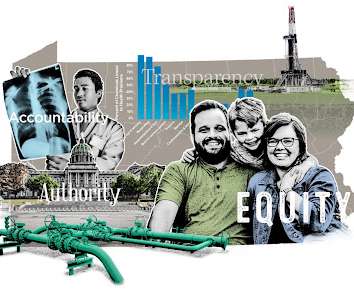EPA’s Power Plant Rule is Not Bold. It’s What’s Required.
Legal Planet
MAY 11, 2023
The EPA is proposing a new standard for fossil fuel-fired power plants to avoid 617 million metric tons of carbon dioxide through 2042. So, EPA and the states have a shared responsibility to regulate “existing sources” — primarily power plants— under Section 111(d) of the Clean Air Act.
















Let's personalize your content